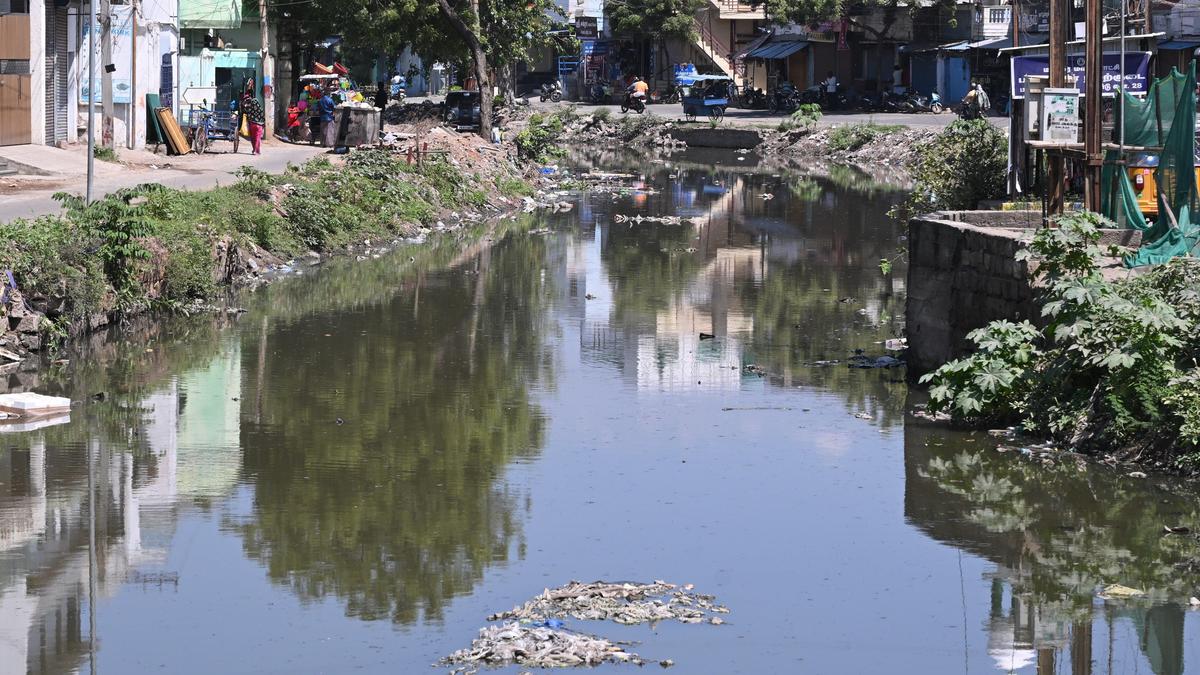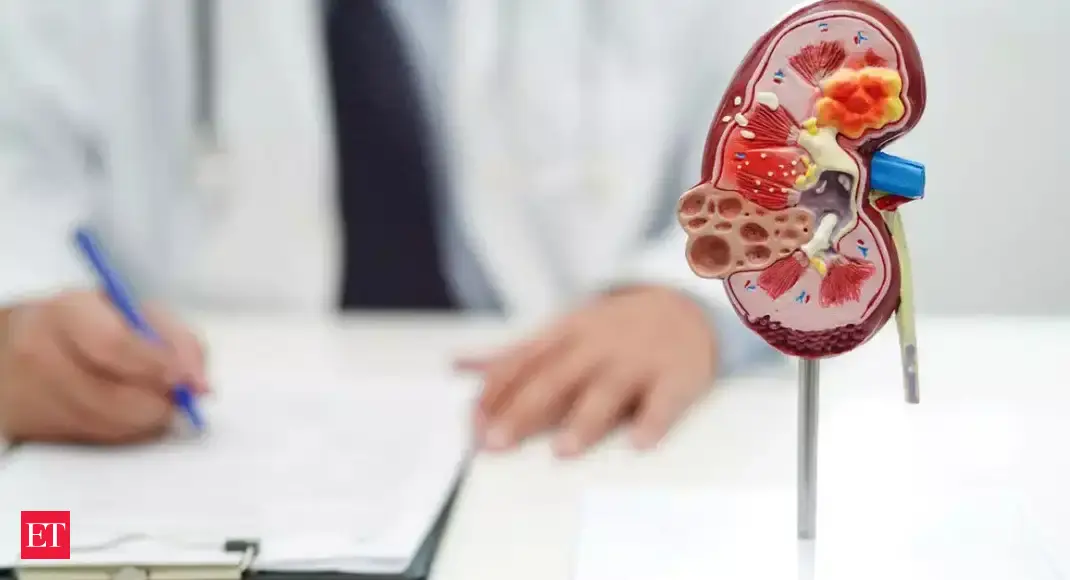Copyright thehindu

Once vital lifelines for people, several waterbodies in Madurai now lie in a state of neglect. Rapid urbanisation and the increase of residential and commercial establishments have taken a toll on these traditional irrigation channels, which were once filled with clean water. Today, many are choked with sewage and emit a strong foul odour. Experts point out that inadequate underground drainage (UGD) coverage and the limited capacity of sewage treatment plants (STPs) are the main factors contributing to the deterioration of these channels. One such waterbody is the Panthalkudi channel, which originates from Sellur irrigation tank and flows through Meenambalpuram, Narimedu, and several areas in and around Sellur before draining into the Vaigai River. Speaking on the issue, a social worker and resident of Sellur N.P. Sankar Pandi said that stretching over approximately three kilometres, the Panthalkudi channel has remained in a poor condition for more than 15 years. “We have already submitted a petition requesting desilting of the channel, but no action has been taken so far,” he said. He also pointed out that lack of public awareness about the consequences of dumping waste into the waterbody exacerbates the problem, especially during the monsoon and heavy rain period. “As the irrigation tank has effectively turned into a drainage channel, its water often seeps into the groundwater, causing residents to experience skin diseases and other health issues,” Mr. Sankar Pandi said. He further noted that the sewage treatment plant, with a capacity of 2 MLD (million litres per day), is insufficient to handle the inflow. “The Corporation, along with the Public Works Department, must take steps to desilt the Panthalkudi channel and construct retaining walls on either side of the waterbody,” he said. When asked about the reason for sewage entering the channel, Mr. Sankar Pandi explained that many areas in Sellur lack underground drainage (UGD) connections, forcing residents to discharge untreated wastewater into the nearby waterbody. “Even in houses with UGD systems, the capacity is often insufficient, prompting residents to connect their drains to stormwater channels, which were originally designed to carry only rainwater. The problem is further aggravated during the monsoon, when overflowing drains carry solid waste and sludge into the waterbodies, compromising water quality and posing public health risks for nearby residents,” he said. Mr. Sankar Pandi urged the Corporation to ensure that UGD connections are installed in all households in Sellur and other affected areas. Deplorable state of Kiruthumal river Another important and ancient waterbody in the city, similar to the Vaigai River, is the Kiruthumal River, which is now in a deplorable state despite its historical and religious significance. The river flows through several parts of Madurai — while the Vaigai marks the city’s northern boundary, the Kiruthumal flows through its southern and central regions. It flows eastward from Tirumangalam, through the southern parts of Madurai city, and eventually merges with the Vaigai River near Tirupparankundram. Once a vital source for irrigation and groundwater recharge, the river has, over the decades, been reduced to a wastewater channel. Secretary of the Madurai District Farmers’ Association Alagu Servai recalled that until the 1960s, the Kiruthumal River remained pure and supported agriculture across the region. “Before the 1960s, water from the Anupanadi channel drained into the Kiruthumal River and was extensively used for irrigation. But after the 1960s, with the gradual rise of commercial and residential buildings in areas such as Chinthamani and its surroundings, the river began to deteriorate,” he said. He said all major channels in Madurai, including Chinthamani and Samanatham, once drained into the Kiruthumal River and served the community effectively. Over the years, however, indiscriminate dumping of household and industrial waste has reduced these lifelines to a deplorable condition. “The channels that drain into the Kiruthumal River near Kochadai are highly polluted,” added Mr. Alagu Servai. When asked about the proposed bird sanctuary along the Samanatham channel, Mr. Alagu Servai said that this is a good idea, but unless the poor condition of the channel is addressed, the plan to develop the sanctuary would be rendered futile. He emphasised that residents must cultivate the habit of keeping their surroundings clean and refrain from dumping garbage into waterbodies. In addition to waste disposal, he pointed out that the Corporation must take action to address the discharge of urban drainage into these tanks and channels, as it is a major contributor to their pollution. Advocate Mani Bharathi filed a petition at the beginning of October, seeking the removal of encroachments and measures to prevent sewage from flowing into the river. He also urged the court to direct the authorities to carry out a digital survey using the Differential Global Positioning System (DGPS) — a method earlier implemented for mapping the Cooum River in Chennai. The petition is still pending before the court, which has sought interim clarifications from the authorities, including details on the specific points where sewage enters the river and the funds allocated for its restoration. He also said that two months before filing the petition, the government had allocated funds that are now being utilised for constructing retaining walls along the Kiruthumal River at the Achampathu side. “We have requested that the government conduct a proper survey to measure the river’s width before building retaining walls, to ensure that the construction does not further narrow the waterbody’s course,” he added. The Centre for Urban Water Resources (CURE) under DHAN Foundation has been playing a key role in the restoration of waterbodies in poor condition across Madurai. One of the officials said that efforts to make the Vaigai River sewage-free must begin with restoring the network of channels and ponds that drain into it and preventing the discharge of untreated wastewater. “If the revival of the Vaigai becomes a political and administrative priority, the river can be restored to its original state,” the official said. Speaking to The Hindu on the issue of underground drainage, Corporation Commissioner Chitra Vijayan said that most of the waterbodies now carrying sewage are located near habitations and encroached areas. She added that a project worth ₹400 crore for expanding the UGD network is already under implementation, and further proposals will be announced later.



